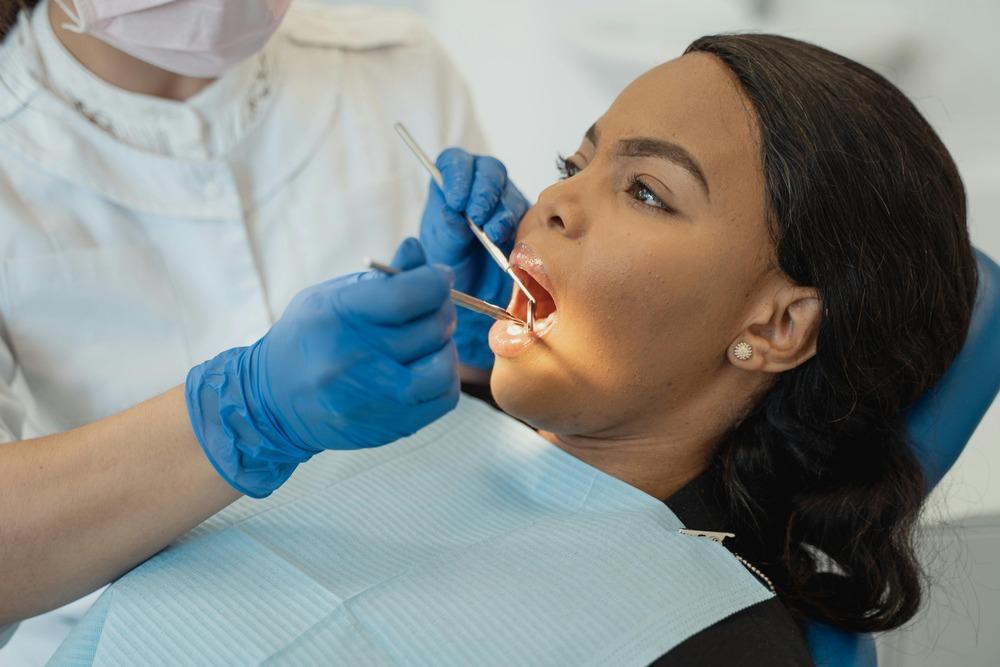As we step into 2025, the landscape of dental care continues to evolve, particularly in the realm of dental implants. For many, dental implants represent a significant investment in oral health and aesthetics. Understanding the costs associated with dental implants and exploring ways to save can make a substantial difference in your financial planning. In this blog, we will delve into the expected costs of dental implants in 2025, factors influencing these costs, and practical tips to save thousands on your dental journey. 🦷💰

Understanding Dental Implant Costs
The average cost of a single dental implant in 2025 is projected to range between $3,000 and $4,500. This price can vary based on several factors, including the type of implant, the complexity of the procedure, and the geographical location of the dental practice.
Breakdown of Costs
Here’s a detailed breakdown of the costs associated with dental implants:
| Cost Component | Estimated Cost | Description |
|---|---|---|
| Implant Placement | $1,500 - $3,000 | The surgical procedure to place the implant. |
| Abutment and Crown | $1,000 - $2,000 | The visible part of the implant that resembles a tooth. |
| Bone Grafting (if needed) | $300 - $1,500 | Additional procedure if there is insufficient bone. |
| Consultation and X-rays | $200 - $500 | Initial assessment and imaging to plan the procedure. |
| Total Estimated Cost | $3,000 - $4,500 | Overall cost for a single dental implant. |
As you can see, the total cost can add up quickly! However, understanding these components can help you make informed decisions about your dental care.
Factors Influencing Dental Implant Costs
Several factors can influence the overall cost of dental implants:
-
Geographical Location: Dental implant prices can vary significantly depending on where you live. Urban areas often have higher costs due to increased demand and overhead expenses.
-
Type of Implant: There are various types of dental implants, including traditional implants, mini implants, and zygomatic implants. Each type has different costs associated with them.
-
Dental Insurance: Some dental insurance plans may cover a portion of the costs associated with dental implants. It’s essential to check with your provider to understand your coverage options.
-
Experience of the Dentist: Highly experienced dentists may charge more for their services, but their expertise can lead to better outcomes.
-
Additional Procedures: If you require additional procedures, such as bone grafting or sinus lifts, these will increase the overall cost.
How to Save on Dental Implants
While dental implants can be a significant investment, there are several strategies you can employ to save money:
1. Shop Around
Don’t settle for the first quote you receive. Research multiple dental practices in your area and compare prices. Websites like DentalPlans.com can help you find affordable dental plans that may cover implants.
2. Consider Dental Schools
Dental schools often offer lower prices for dental procedures performed by students under the supervision of experienced faculty. This can be a great way to save money while still receiving quality care.
3. Look for Financing Options
Many dental practices offer financing plans that allow you to pay for your implants over time. This can make the cost more manageable. Additionally, consider looking into medical credit cards that offer promotional financing for dental procedures.
4. Check for Discounts
Some dental practices offer discounts for cash payments or for patients who are part of certain membership programs. Always ask about available discounts when you inquire about costs.
5. Maintain Good Oral Health
Preventive care can save you money in the long run. Regular check-ups and good oral hygiene can help you avoid more extensive and costly procedures down the line.
Expected Trends in Dental Implant Costs
As we look ahead, it’s essential to consider how dental implant costs may evolve. According to industry experts, the demand for dental implants is expected to rise, which could lead to increased prices. However, advancements in technology and materials may also lead to more cost-effective solutions.
Projected Cost Trends
| Year | Average Cost of Single Implant | Expected Increase |
|---|---|---|
| 2023 | $3,000 - $4,000 | - |
| 2024 | $3,200 - $4,200 | 6.67% |
| 2025 | $3,300 - $4,500 | 3.13% |
As shown in the table, while there is a slight increase expected in 2025, the growth rate is stabilizing, which may provide some relief for patients considering implants.
Conclusion
Investing in dental implants can significantly enhance your quality of life, but understanding the costs and exploring ways to save is crucial. By being informed and proactive, you can navigate the financial aspects of dental implants more effectively. Remember to consult with your dentist about your options and don’t hesitate to explore various avenues for savings. With the right approach, you can achieve a beautiful smile without breaking the bank! 😁✨
For more information on dental implants and to find a qualified dentist near you, visit American Academy of Implant Dentistry. Your journey to a healthier smile starts today!




